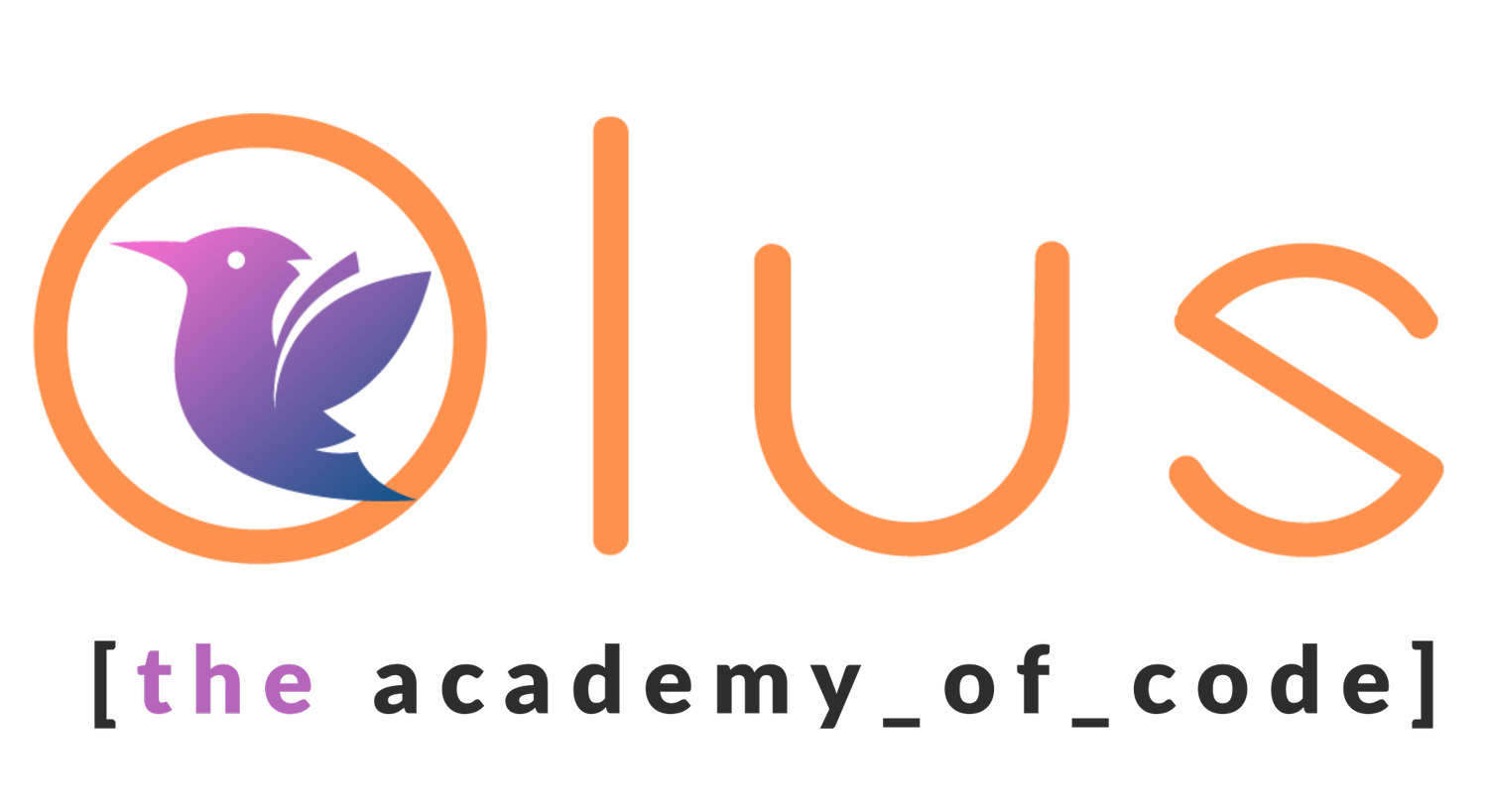Some of our more advanced students (mostly those who attended our Summer Camp) have been working on their end of term project for a while now. For the rest, today was a big occasion: they finally got their hands on the first project handout.
Not that there's anything all that special about the handout*, but what it represents is a major vote of confidence in all they've learned so far this term. We've been building up to it since September, and now we finally think they have all the skills (or enough, at any rate) to build the block dodging game we've been teasing them with the past few weeks.
What are those skills?
Well, they need to be able draw objects on the screen (using functions). They need to be able to move those objects around (using setup() and draw() blocks, variables, and basic arithmetic). They need to understand program flow (that's setup() and draw() again, and how the computer moves through the code in those blocks). They need to detect key presses (using if statements, comparison operators and system variables), and they need to detect collisions (using more comparison operators along with some slightly more complicated arithmetic).
There's other stuff too - despite the mainstream narrative that all kids these days are "digital natives", the reality is that there's all sorts of other, more fundamental IT skills they've learned in the past 8 weeks as well. Things like using ctrl-c to copy and ctrl-v to paste have come in handy. Using ctrl-z to undo has, unsurprisingly, come in even handier. They've become a bit more familiar with the windows file system (finding where on the computer they actually saved things), and they've become more used to highlighting specific bits of text they need to cut or copy (not much call for that while using a smartphone or tablet, it seems).
The block dodging game is simple relative to a modern 'AAA'** game of course, but is not dissimilar in appearance to something like Tetris. The basic idea is that you start by having a block or ball drop from the top of the screen, and the player controls a block moving left-to-right on the bottom of the screen trying to dodge that block. If the player is hit he loses, if not the game continues. We add layers of complexity when we randomise the position and size of the block, when we start keeping score, when we make the game harder as time goes on, and in many other ways as well***.
Progress was overwhelmingly positive across the board. Everyone managed to get either the player block moving left and right on key presses, or the "attacking" block dropping from the sky and then moving back to the top once it had passed the bottom of the screen. If anything, four more weeks seems like way too much time - but over achieving students are hardly a teacher's worst nightmare.
The advanced cohort also made great progress (but then, they always do, consistently outstripping even our most optimistic projections for them). We'll be featuring some of their work on the site over the next few weeks, as well as the finished projects from all of the kids in both the Tuesday and Wednesday classes.
Until then!
*Actually it's one of our less interesting handouts - no colourful code blocks, no pictures, just a single A4 page of text with the scant consolation of a colourful "The Academy of Code" footer. Pretty disappointing relative to the high bar we like to try and set.
**'AAA' being the tag used to describe the kind of super high budget games which, with a few notable exceptions, you probably love if you're a kid and hate if you're a conscientious parent.
***Simon (one of the teachers here at the Academy) decided it would be fun to add his own face to the "player" block, and make the falling blocks look like ninjas. Based on our experience demoing at the Wednesday class it seems there's no better way of endearing yourself to a 9- or 10-year-old than write a computer game where you escape from ninjas. Take note, parents!
